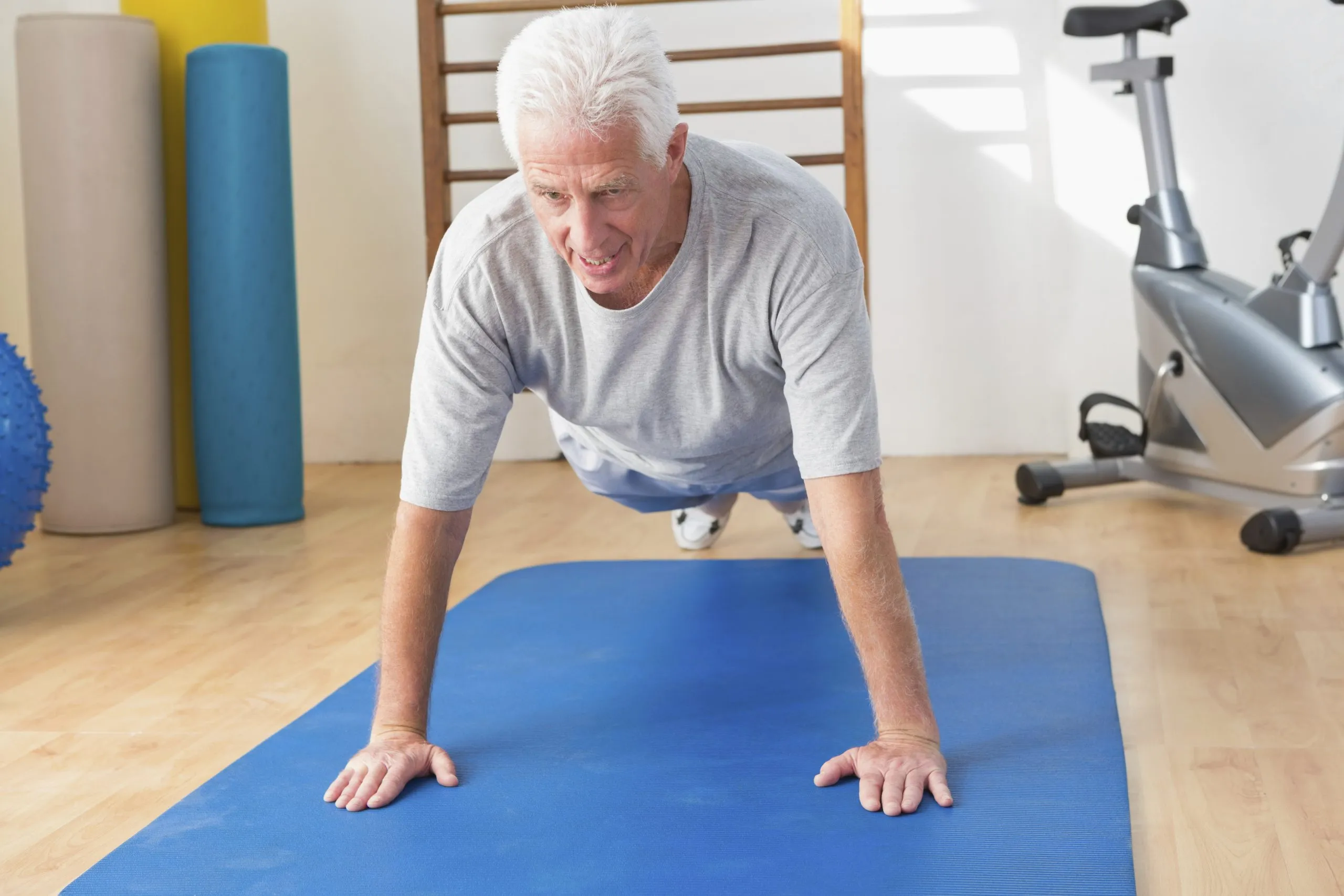
Conquer diabetes and sarcopenia, they’re related!
Let’s talk about moving weight. How much weight can you lift? carry? Think about how much weight you move around when you climb stairs. You need strong muscles to keep moving yourself around with agility and ease. As I have talked about elsewhere on this site, we all tend to lose muscle strength and muscle size as we get older, and that process is called sarcopenia. For some people that process is more insidious and debilitating than it is for others. We all know elderly frailty when we see it, but it’s easy to miss the gradual process of sarcopenia as it unfolds.
One key group of people in which this is true is those who gently accumulate padded curves as they age. Everyone tends to put on a few pounds, but added pounds can hide and aggravate muscle loss. The detail to watch out for is whether you are developing signs of insulin resistance or pre-diabetes. It turns out that insulin resistance makes sarcopenia worse and sarcopenia adds to insulin resistance. That’s the bad news.
The early signs of insulin resistance include fasting blood sugars of 100 or more, coupled with fasting insulin levels close to or above 10. Other signs might include triglycerides over 150 or calculated insulin resistance scores on the NMR lipid profile. With increasing insulin resistance people make different sizes of cholesterol-carrying lipoproteins, and those sizes correlate with degrees of insulin resistance. Your hemoglobin A1C, the long-acting measure of blood sugar, should be 5.6% or below to be safe, and if it’s crept up to 6% or higher, that’s definitely getting into the danger zone.
Early signs of sarcopenia are harder to define, but show up as difficulty doing certain exercises once you’re fully warmed up. Spend some time walking, dancing, or swimming and then see how you do climbing stairs, or repeated sitting and getting up from a chair without using your arms or hands. Or go for a brisk walk for 5-10 minutes: if your walking speed is less than one meter per second (or one yard per second), that could be muscle loss. (A quarter mile track is about 400 meters and should take you 6 minutes or less.)
The good news is that there are two ways, your choice of either or both, to reverse both processes at the same time. We have talked a lot about a low carbohydrate eating plan, but the simple version is to focus your meals and your snacks on protein. Fill up on protein, eat the fat that comes with the protein – or add some extra! – as well as all the non-starchy vegetables you want. Minimize starchy vegetables and fruits, always eat them with your meals, and schedule them into your evening meal rather than breakfast.
The other thing you can do that takes care of both of these challenges is resistance training, weight lifting, or body weight exercises. The simplest to start with, and the only ones to do without some training, would be body weight exercises you can do at home. You can work your legs by sitting in a low chair and standing: see how many times you can do that with your arms held out in front of you. You can work your arms by doing push-ups (start working off of a kitchen counter, not the floor!) keeping your arms and elbows close to your side to protect your shoulder. Holding a plank position is great for strength! Facing the floor, push yourself up so that your weight is supported by your hands – your arms fully straightened and shoulders right above your hands – and your toes. Your neck should be in a straight line extended from your strong back. No need to go ahead and do full push-ups, just holding your body in plank is a great body weight challenge.
If you want to pursue more challenging exercises, I recommend working with a trainer initially: it’s important to have good form when you’re lifing heavy weights. You can work with free weights or with a suspension system like the TRX – an affordable system you can use at home and even travel with, once you know how to use it carefully.
Resistance training doesn’t need to be done daily, nor should it be. Two to three times a week for 10-15 minutes of really challenging work is plenty!

